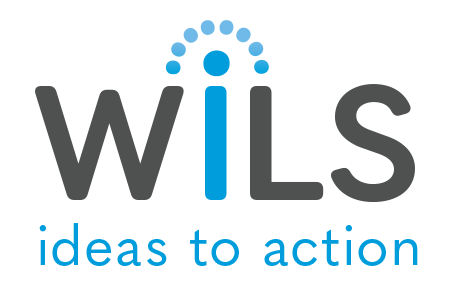At WiLS, we want to bring valuable information to our library partners, including information about the missions and big ideas of the vendors they may already do business with. Each month, WiLS interviews a vendor partner in order to bridge the gap and open the door to valuable collaborations. This month, we are delighted to share insights from Chris Gordon, Educational Sales Consultant at Gale / Cengage Learning.
Tell us about your company’s background.
For over 60 years, Gale, a Cengage company, has partnered with libraries around the world to empower discovery and insight through leading content and technology. We provide libraries with original and curated content as well as the modern research tools and technology that are crucial in connecting libraries to learning and learners to libraries. As libraries extend into the classroom to support standards and future readiness, so do our resources.
Why do you, personally, choose to work with libraries?
Spending the past decade in the language and cultural training industry has only reinforced for me that communication skills are only half the battle. It’s also imperative that one is communicating the right information, especially in an education setting. As a father of two school-aged children and from the perspective of putting the right material in the right hands, I was actively in search of a professional opportunity that would enable me to help young people make more sense of the rapidly changing world around them.
The efficiency with which Gale is able to provide content across all disciplines that is both accessible and reliable is truly something to behold. If only such resources had existed when I was a student! But just as digital platforms have evolved, so too has the role of the library, and whatever part I can play in strengthening libraries and empowering their personnel is one I will embrace with enthusiasm.
What do you like to know about the libraries you work with? What helps you better understand their needs?
The three primary, interlocking orientations I try to understand at any institution are 1) the levels of administrative support, 2) my customers’ technological comfort levels, and 3) the degree to which the librarians I meet are partnering with their colleagues in the classroom. In some respects, the needs of the school library will always be a line-item in the budget, but increasingly we are seeing the light bulbs go on for those district and building-level leaders who realize the curricular potential of our digital resources. Similarly, at some point, everyone gets caught off-guard by the pace of technological change, so media specialists very much represent the vanguard of progress in education, which of course means they are entrusted with both great power and great responsibility. Clarifying these three things is like pouring a foundation on a home, after which we can begin to think creatively about how and where we want specific things built (and with which tools).
What big ideas are being worked on at your company? What problems are being solved?
A key area of focus is on creating shorter pathways to learning by providing curriculum-aligned, authoritative content that can be integrated seamlessly into day-to-day workflows. For educators, that means making the most of their time and resources as they search for materials. For students, it’s about offering access to reliable content and critical thinking tools that will better prepare them to be future ready.
Since our educators are at the forefront of student achievement, we know that keeping up with professional development trends is important to their success. That’s why we’ll continue to break the mold with PD collections from many of the top publishers.
To make aligning content to the classroom even easier, we are growing our GVRL eBook platform with leveled titles. Added features such as collection customizations and tablet display enhancements make accessing and distributing content a breeze.
In addition to eBooks, our users benefit from a variety of age-appropriate, curriculum-aligned databases to support primary to secondary education, like Kids InfoBits and Gale’s In Context suite. Plus, our newest databases, Smithsonian Primary Sources in U.S. History and Gale Interactive: Science, help bridge the gap between library research and classroom instruction.
Of course, when students and teachers can be more collaborative, amazing learning can happen. That’s why we’ve integrated many of our products with G Suite for Education and Microsoft Office 365 collaboration tools to make sharing content second nature. And since discovery is equally important, we have implemented SSO integrations with companies like Clever and ClassLink and are planning LMS integration with popular providers in the K-12 space.
How can librarians become partners in product or training development?
Librarians are our partners in product and training development. Period. Our product developers continuously solicit (and incorporate!) customer feedback thanks to product surveys, focus groups, tests, and more. Trainers consult directly with libraries to assess user needs and partner to strategically implement resource guides, video tutorials, scavenger hunts, webinars and more. To view and/or use these materials simply visit gale.com/training.
Do you have anything else you’d like to share here?
I would just like to say, “thank you” to all of the administrators, teachers, librarians and media specialists I have had the opportunity to meet and work with thus far, and I am very excited about forging new and stronger relationships in the upcoming school year. Great work is being done in school libraries throughout Wisconsin, and I am eager to provide support in any way that I can.
——————————
This interview is part of a series of interviews with both WiLS library and vendor partners. Your feedback is appreciated. If you have any to offer on this article or suggestions for upcoming interviews, contact Andrea Coffin at acoffin@wils.org.
